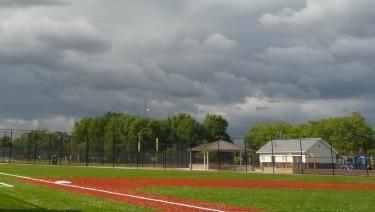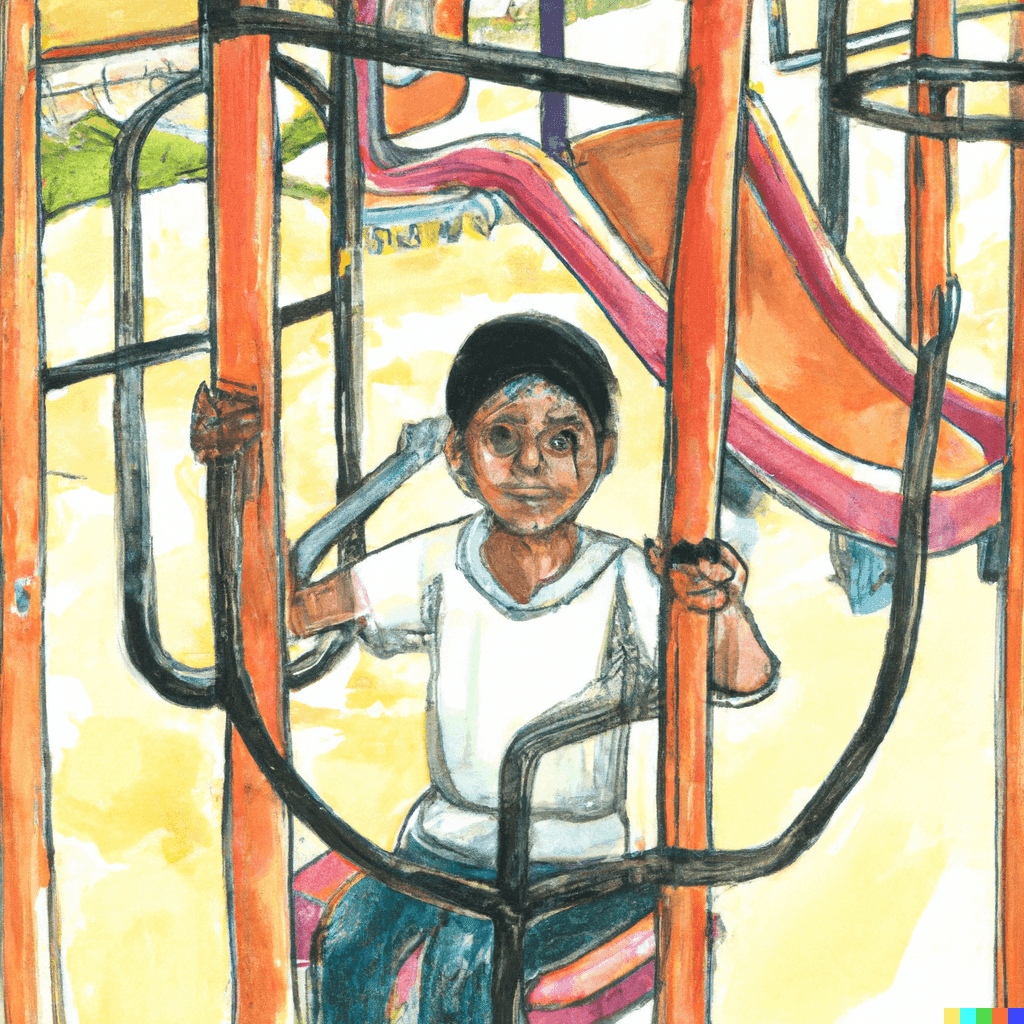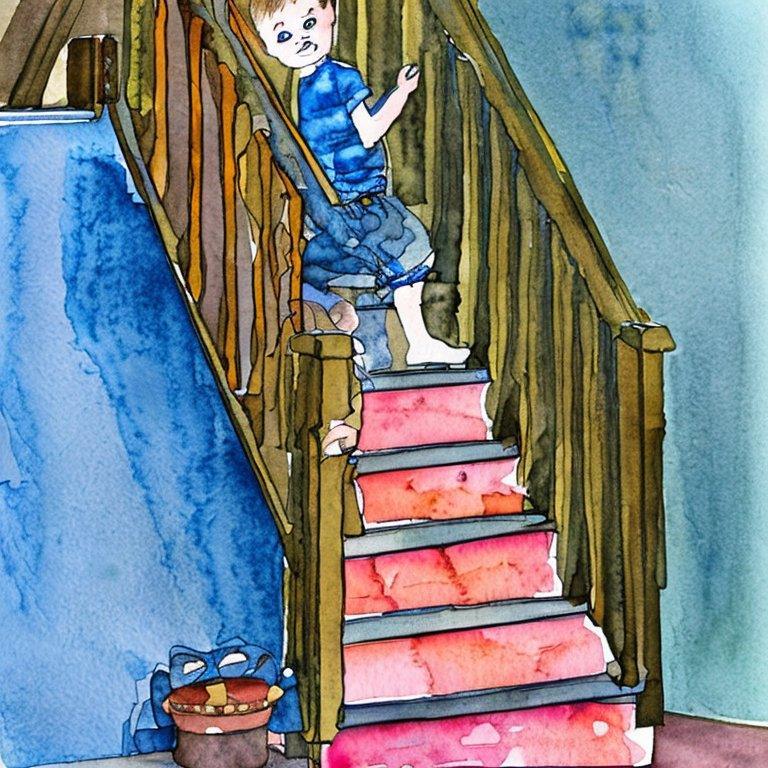Chances are wherever you live the weather is probably subject to change at a moment's notice—especially during the spring and summer months. Thunderstorms and lightning can occur with little warning. If your child is playing or practicing in less than ideal weather conditions, you need to be aware of the possible hazards and have a plan worked out ahead of time.
Basic Lightning Facts & Stats
- It does not have to be raining for lightning to strike.
- All thunderstorms produce lightning. If you can hear thunder, the storm is close enough for lightning to strike.
- Lightning strikes can cause death or permanent disability. According to the National Weather Service (NWS), more than 400 people in the United States are struck by lightning each year, resulting in an average of 49 deaths.
- The NWS reported that 17% of lightning deaths between 2006 and 2013 occurred during outdoor sports or recreational activities. These sports include soccer, golf, running, baseball, and football, in rank order. The greatest number of fatalities occurred in the 10 to 19-year-old and 20 to 29-year-old age groups. Many victims were either headed to safety or just steps away from safety at the time of a fatal lightning strike. Therefore, taking action before the threat is upon you is key!
Lightning & Sports Safety Tips from the AAP
While our message of getting outside, enjoying nature and promoting physical activity remains unwavering, the American Academy of Pediatrics (AAP) policy statement, Baseball and Softball, advises all coaches and officials to be aware of extreme weather conditions—including lightning—and to postpone or cancel games if conditions worsen and players are at risk. This same message applies to all organized sports, as well as to all recreational outdoor activities.
Use and follow these recommendations to help prevent lightning injuries during sporting events and outdoor activities:
- Prior to any practice or activity, the person in charge should check the local weather forecasts. Be aware of whether or not the NWS has issued a thunderstorm "watch" or "warning." A "watch" means conditions are favorable for severe weather to develop in an area; a "warning" means severe weather has been reported in the area and for everyone to take proper precautions. Activities should be delayed if a thunderstorm is approaching before or during a practice or a game.
- Recognize the signs of a coming storm. Although lightning can strike without warning, when a thunderstorm is on the way, clouds may darken, winds may pick up, and there may be thunder activity. Pay close attention to these signs and any issued warnings.
- Be sure your child understands the dangers of lightning and the policy that his or her coach needs to follow. If the coach doesn't follow the policy, as a parent, it's time to step in and remove your child from the field. Safety is the most important thing!
-
Be prepared and have established protocols for lightning incorporated into your school or league's Emergency Action Plans (EAPs). Develop and practice lightning strike prevention and treatment protocols as part of your EAP.
- Designate a "weather watcher" and a clear chain of command to monitor and respond to severe weather.
- In the event of impending thunderstorms, those in control of the event/venue should cancel the event, warn participants and spectators of the lightning danger, and specifically instruct on the proper procedure for evacuation.
- The timeframe for evacuation depends on how fast the storm is approaching and the layout of the venue (the timeframe needed for everyone to seek safe shelter). Generally, a lightning strike within 6 to 8 miles of the venue calls for evacuation.
- Follow the 30/30 rule. Familiarize yourself with the flash-to-bang count to determine when to seek shelter. Begin counting when you see a flash of lightning. Stop counting when you hear thunder. Your child should be inside a safe shelter before you reach a count of 30. Dividing this number by five will determine the distance (in miles) to the lightning flash. If the activity has been delayed, wait at least 30 minutes following the last sound of thunder or lightning flash before your child resumes activity.
- Make sure a safe shelter has been designated. Trees, flagpoles/light poles, tents, bleachers, dugouts, storage sheds, and open garages are not safe shelters! In fact, there are very few safe places outdoors when thunderstorms are in the area. The safest shelters are structures with four solid walls, and electrical and telephone wiring. If no safe shelter is available, your child should take shelter in a hardtop vehicle; don't touch the radio dial or the door handles—especially if they are metal.
- Specifically avoid standing water and open fields. If you are in an open field, avoid being the highest point, in contact with, or near the highest point in the field.
- If you feel your skin tingling, you are in more immediate danger. Assume the lightning safe position. This means crouching on the ground with your weight on the balls of your feet, your feet together, your head lowered, and your ears covered.
- Even if you are indoors, stay away from open windows, sinks, toilets, tubs, showers, and electrical outlets. During a lightning storm, electric currents can run through these objects and "jump" onto a person—even inside a safe shelter. In addition, your child should never be permitted to swim during a lightning storm.
- Check out other weather apps and resources. There are several free weather apps that may downloaded and used for live-time, verified information.
- If someone is struck by lightning, get the victim emergency help immediately and move him or her to a safe place. Contrary to what you may have heard, lightning can strike the same place twice. People who have been struck by lightning do not carry an electrical charge and are safe to handle.
- Remember that thunderstorms and lightning aren't the only weather hazards. Extreme heat can be almost as dangerous by posing an unnecessarily high risk of heat illness, such as heat stroke, so your child's team needs to establish a policy on cancelling or modifying practices or games if the heat index is too high.
- Important note: Cell phones and/or email can transmit notifications to parents and families, but they should only supplement the other safety procedures listed above.
Source: https://www.healthychildren.org









